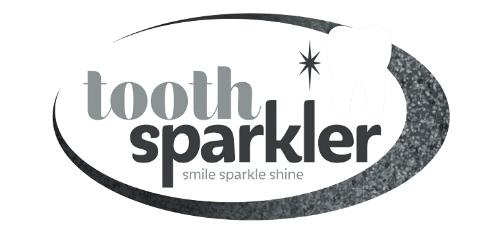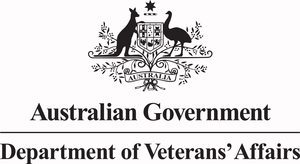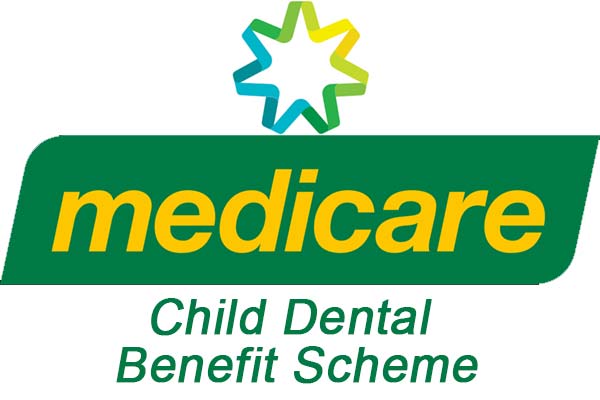Choosing the right toothbrush and toothpaste is crucial for maintaining healthy teeth and gums. As trusted Sydney dentists, we’ve seen countless patients who diligently brush their teeth but still experience dental problems. Often, the issue isn’t how often they brush but the tools they’re using.
Why it’s Important to Keep Your Teeth Clean
Before we delve into the specifics of choosing the right toothbrush and toothpaste, let’s first discuss the importance of keeping your teeth clean. Good oral hygiene isn’t just about having a bright, white smile — it’s also essential for preventing gum disease, tooth decay and bad breath. By brushing your teeth twice daily, you can remove plaque and food particles that can lead to these dental problems.
How Often Should You Brush Your Teeth?
Brushing your teeth twice daily is the minimum recommended amount, but some people may need to brush more often. If you snack frequently or have a high-sugar diet, brushing your teeth after each meal is a good idea to prevent plaque buildup. However, be sure to wait at least 30 minutes after eating before brushing, as brushing too soon can actually damage your teeth.
How Long Should You Brush Your Teeth For?
Brushing your teeth for at least two minutes is recommended to ensure you’re cleaning your teeth thoroughly. If you have an electric toothbrush, you can use the timer to ensure you’re brushing for the full two minutes; otherwise, you can set a timer on your phone.
Choosing the Right Toothbrush: Bristles, Head Size, and Other Features to Consider
When choosing the right toothbrush, there are a few important factors to consider. Let’s take a closer look at what makes a toothbrush effective:
- Soft Bristles
First and foremost, it’s important to choose a toothbrush with soft bristles. Contrary to popular belief, a toothbrush with softer bristles will remove food particles and plaque from the teeth and gums more effectively than hard bristles. Toothbrushes are generally labelled according to bristle softness, so choosing a toothbrush with soft bristles should be easy.
- Smaller Head
Head size has nothing to do with a person’s age, gender, or mouth size. A toothbrush’s purpose is to remove food particles and plaque from hard-to-reach places, so a toothbrush with a smaller head is almost always more effective. Choosing a toothbrush with a smaller head will allow you to reach every corner of your mouth.
- Angled Bristles
Some toothbrushes have angled bristles, which can help clean between teeth and along the gumline. This can be especially helpful for those who have trouble reaching these areas with a straight-bristled toothbrush.
Manual Toothbrushes
Is a manual toothbrush the right choice for you? They’re popular because they’re affordable and effectivene in maintaining good oral hygiene. The bristles are usually made of nylon and come in different degrees of softness, which is important to consider if you have sensitive teeth or gums.
It is important to replace a manual toothbrush every three to four months or when the bristles start to fray. This ensures that your toothbrush is effective and can clean your teeth properly. If you have been sick or had a cold or flu, we recommend you replace your toothbrush to prevent the spread of bacteria.
Electric Toothbrushes
Electric toothbrushes are an excellent option for those who struggle with brushing for the recommended amount of time or have difficulty with manual brushing. They are designed to provide a more thorough cleaning by oscillating or vibrating at high speed, which can help remove more plaque and bacteria than manual toothbrushes. Some electric toothbrushes also offer additional features, such as pressure sensors, multiple brushing modes, and interchangeable brush heads.
One advantage of electric toothbrushes is that they are often better for people with certain dental conditions, such as braces, implants, or gum disease. The oscillating or vibrating bristles can help reach difficult-to-clean areas around braces or other dental work, and the pressure sensors can help prevent damage to sensitive areas.
However, keep in mind that electric toothbrushes are more expensive than manual ones and require charging or battery replacement. Some people may also find the vibration or noise of electric toothbrushes uncomfortable or unpleasant.
How to Choose the Right Toothpaste
Choosing the right toothpaste is just as important as choosing the right toothbrush. When deciding which toothpaste to use, these are the things you should consider.
The Benefits of Fluoride Toothpaste
Fluoride toothpaste is an essential tool in maintaining strong and healthy teeth. This mineral has been extensively studied and proven to strengthen teeth and prevent cavities. When used as part of your daily oral hygiene routine, fluoride toothpaste can help protect your teeth from the harmful effects of plaque and acid-producing bacteria.
Fluoride is particularly important for children, as their teeth are still developing. Using fluoride toothpaste can help ensure that their teeth are as strong and healthy as possible.
In addition to preventing cavities, fluoride can reverse the early stages of tooth decay by remineralising weakened enamel. This can help prevent the need for more extensive dental treatments in the future.
When selecting a fluoride toothpaste, choose one with the right amount of fluoride for your needs. Most toothpaste brands contain between 1,000–1,500 parts per million (ppm) of fluoride, which is considered safe and effective. However, some toothpaste brands may have higher levels of fluoride, which you should only use under the guidance of your dentist.
Why Fluoride-Free Toothpaste is Not Recommended
While there are many natural and fluoride-free toothpaste options on the market, it’s important to note that they do not offer the same level of protection against cavities as toothpaste with fluoride. If you choose to use fluoride-free toothpaste, discuss it with your dentist to ensure that you are taking the necessary steps to protect your teeth.
Whitening Toothpaste Versus Professional Whitening
Whitening toothpaste can be a good option for those who want to brighten their teeth slightly, but it’s important to note that they cannot produce the same results as professional teeth whitening treatments. If you are looking for a dramatic change in the colour of your teeth, get in touch with us to discuss professional teeth whitening in Sydney.
The Best Toothpaste for Sensitive Teeth
If you have sensitive teeth, you may want to consider using a desensitising toothpaste. This toothpaste contains ingredients like potassium nitrate or strontium chloride that can help reduce sensitivity and provide relief. However, it’s important to note that it may take several weeks of consistent use before you start to see results.
Flavour and Texture: Making Brushing More Enjoyable
The flavour and texture of your toothpaste can also play an important role in your dental hygiene routine. Choose a flavour you enjoy (we get it, mint isn’t for everyone!), as this can make brushing your teeth a more pleasant experience.
Toothpaste also comes in different textures, such as gels, pastes, and even powders. Some people prefer the smooth texture of gel toothpaste, while others like the foaming action of a paste. Experiment with different textures until you find the one that feels best for you.
Remember, the more you enjoy brushing your teeth, the more likely you will do it regularly.
Overall, the best toothbrush and toothpaste for you are ones that you feel comfortable using and that effectively clean your teeth and gums.
If you’re unsure or have questions, why not call us on (02) 9971 6134 to discuss. Our team will be happy to help you make an appointment with your trusted Sydney dentist to get a personalised recommendation.





